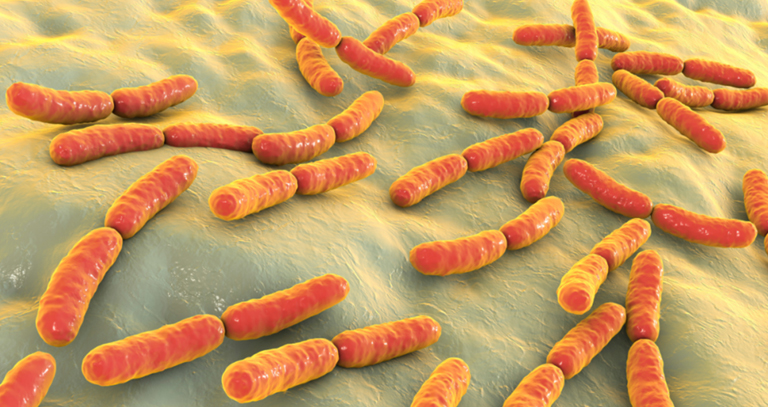The delayed-type hypersensitivity model is an in vivo experimental system used to study cell-mediated immune responses, particularly those involving T cells and macrophages. This model is instrumental in understanding the mechanisms of immune responses that occur in conditions such as contact dermatitis, autoimmune diseases, and certain infections. It is also used to evaluate the immunogenicity and efficacy of vaccines and immunotherapies.
### Key Features of the Delayed-Type Hypersensitivity Model
1. **Cell-Mediated Immunity**: Unlike immediate hypersensitivity reactions mediated by antibodies (IgE), DTH responses are mediated primarily by T cells, particularly CD4+ T helper cells (Th1 cells). These cells release cytokines that activate macrophages and other immune cells.
2. **Antigen Sensitization and Challenge**:
– **Sensitization Phase**: The host (typically a mouse) is first exposed to an antigen, such as a protein or hapten, which sensitizes the immune system. This phase involves the priming of T cells that recognize the antigen.
– **Challenge Phase**: After a period of time, the host is re-exposed to the same antigen, often at a different site. The challenge induces a localized inflammatory response if the host has been sensitized.
3. **Inflammatory Response**: The hallmark of a DTH reaction is inflammation occurring at the site of antigen challenge, typically peaking 24 to 72 hours after exposure. This response is characterized by redness, swelling, and induration (hardening) due to the infiltration of immune cells such as T cells and macrophages.
### Applications
– **Vaccine Development**: The DTH model helps in assessing the efficacy of vaccines, particularly those designed to elicit strong T-cell-mediated immunity.
– **Autoimmune Disease Research**: Understanding the mechanisms of DTH is crucial for studying autoimmune conditions where T-cell responses play a significant role.
– **Allergy and Dermatology**: The model is used to investigate mechanisms of contact dermatitis and other allergic reactions involving cell-mediated immunity.
– **Drug Testing**: Evaluating the immunomodulatory effects of new drugs, especially those targeting T-cell and macrophage interactions.
### Advantages
– **Insights into Cell-Mediated Immunity**: Provides a detailed understanding of T-cell responses and their regulation.
– **Relevance to Human Disease**: Models the type of immune responses seen in various human conditions.
– **Broad Applications**: Used in diverse research areas from vaccine development to autoimmune therapies.
### Challenges and Considerations
– **Species Differences**: Results from animal models may not always translate directly to humans due to species-specific immune mechanisms.
– **Complexity**: The involvement of multiple cell types and cytokines makes the DTH response complex to study.
– **Time-Intensive**: The reactions require multiple stages (sensitization and challenge), making experiments more time-consuming than some other immune assays.
The delayed-type hypersensitivity model remains a pivotal tool in immunology, providing insights into T-cell biology, informing therapeutic strategies, and contributing to the development of new vaccines and immunotherapies.


